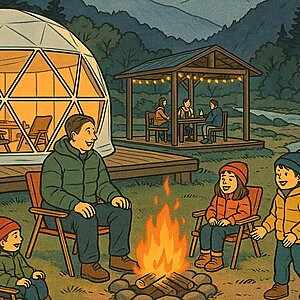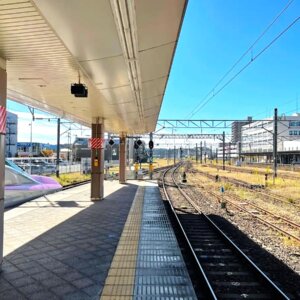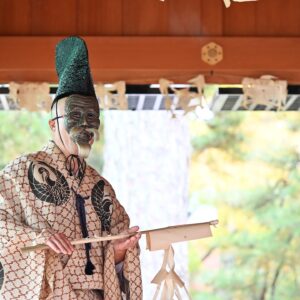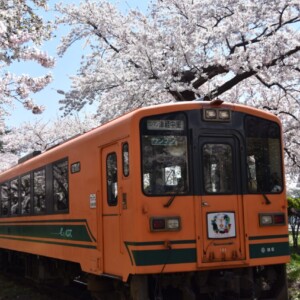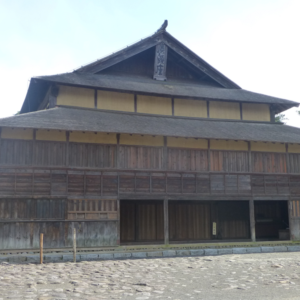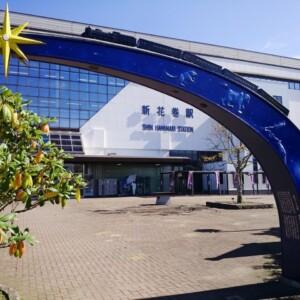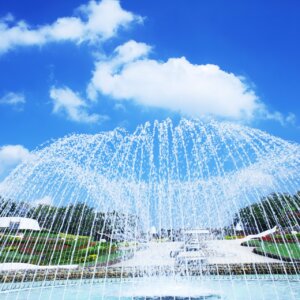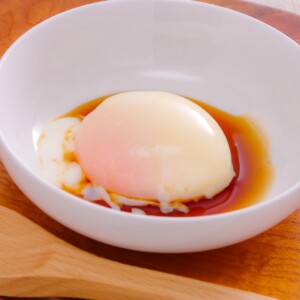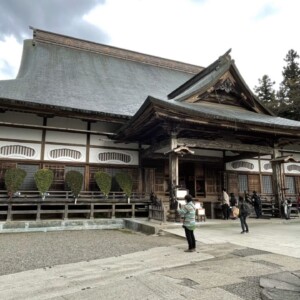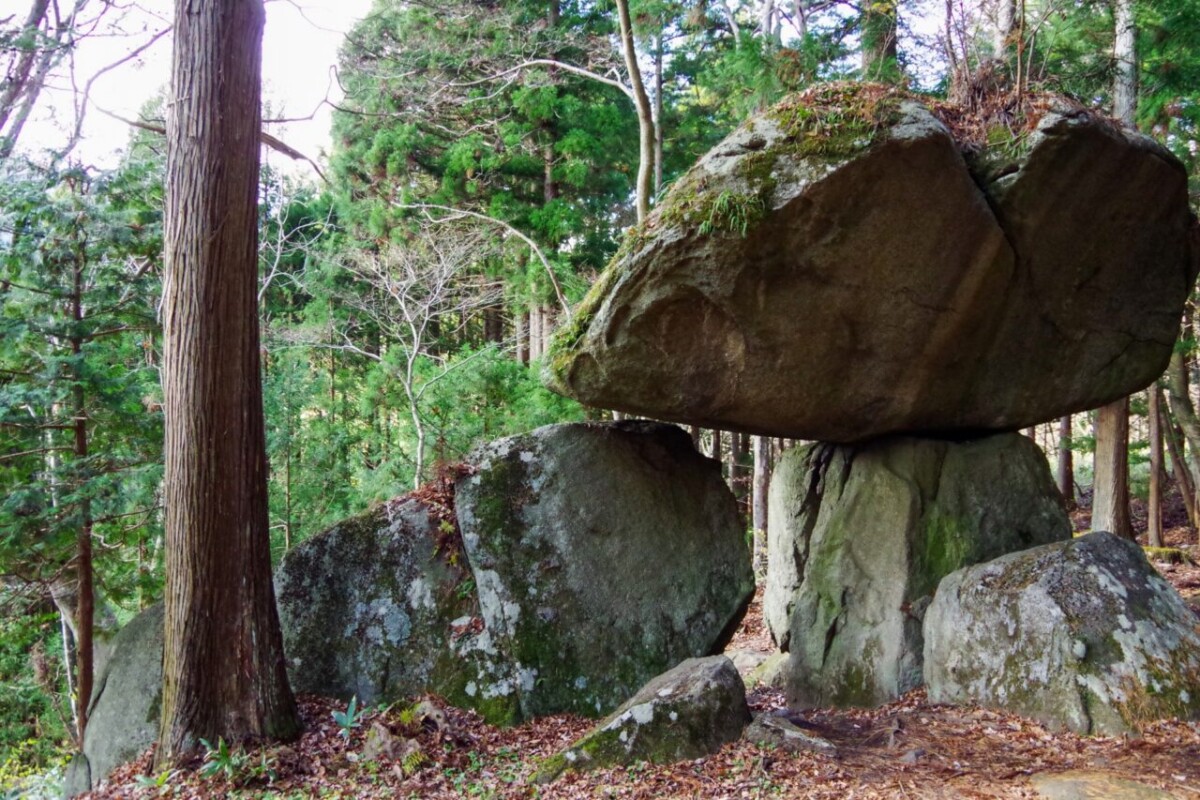
What is Tsukuishi? A detailed introduction to the mysterious stone depicted in Kunio Yanagita's Tono Monogatari [Tono City, Iwate Prefecture]
table of contents
there remains a mysterious stone called "Tsukiishi," which consists of two stones lined up like a platform with a huge capstone on top, allowing people to pass under it like a torii gate
We will explain in detail what the Tsuzukiishi stone is, as described by the folklorist Kunio Yanagita in " The Tales of Tono."
Tsukuishi depicted in the Tale of Tono
The story of Tsuzukiishi, depicted in the 91st chapter of the Tono Monogatari, is as follows
, there was a man named Tori Gozen who was formerly a falconer for Baron Nanbu
One day, while I was picking mushrooms in the mountains just above where the rare rock called Tsuzukiishi is located in Ayaori Village, I came across a man and woman with red faces talking
When the man and woman saw Tori Gozen, they spread their arms and made a gesture as if to push her back, but Tori Gozen was a playful person, so she drew her sword just to tease her, but the man kicked her away and she fell unconscious at the bottom of the valley
When Tori Gozen was found, she returned home and told the whole story, but she strictly kept it a secret from her family, and she fell ill for three days before passing away
The family member's death was so mysterious that they consulted Kenkouin Temple in Yamaga, where they were told that "he died as a result of a curse caused by disturbing the mountain god while he was playing."
Because Torigozen was familiar with the mountains, she did not seem to think it was a big deal to venture deep into the Tsuzukiishi, but because she had stepped into the realm of the gods, she was mercilessly punished, making for a story that makes you feel a little sorry for her
Tsukuishi depicted in the Tales of Tono
The Tono Monogatari Shuui was published as an expanded version of the Tono Monogatari, which was republished in 1935. The 11th chapter of the Tono Monogatari Shuui also contains the following description of the Tsuzukiishi and the Nakiishi stone next to it:
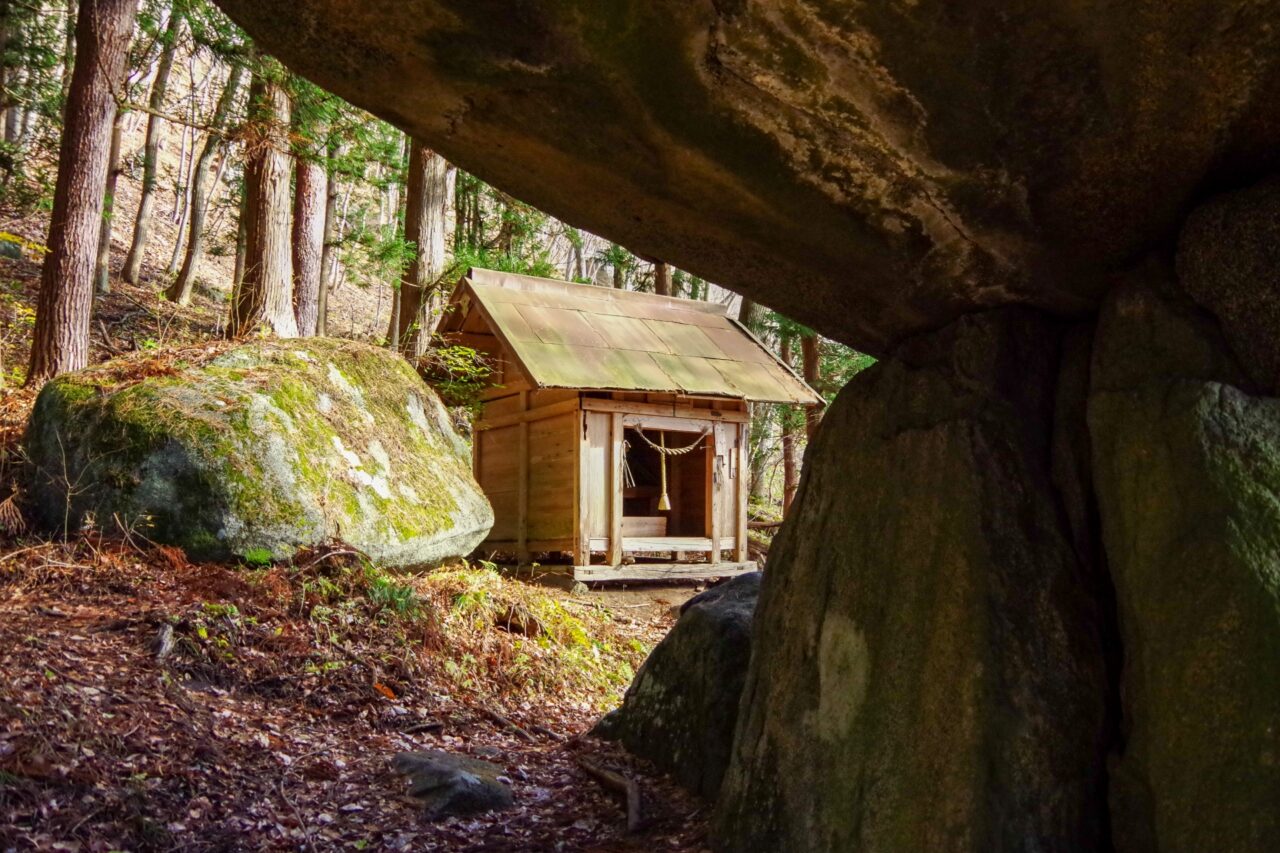
The Tsuzukiishi in Yamaguchi, Ayaori Village, is very similar to what scholars call a dolmen, with a large stone about one and a half ken wide and five ken long placed on top of two side-by-side base stones about six feet high, and people can pass through underneath like a torii gate
The Tsuzukiishi is said to have been made by Musashibo Benkei, and the following legend has been passed down:
Long ago, Benkei brought a capstone to work on and placed it on top of a large rock
The rock then said, "It's a shame that I am a high-ranking rock and will be placed below other rocks for the rest of my life," and spent the whole night crying
Benkei was so worried about the large rock crying that he decided to use another stone as a base, so he put his foot on the stone again, carried it, and placed it on top of the current base
As a result, the capstone of the Tsuzukiishi still has an indentation of Benkei's footprint
Meanwhile, the large rock that she cried on all night was given the name Crying Stone, and even now it stands beside the Tsuzukuishi with tears dripping from it
The Crying Stone seems to be a proud stone, but in this story we can see the kindness of Musashibo Benkei, who warmly accepts the Crying Stone's feelings and uses another stone as the base
Among Yanagita Kunio's works included in Aozora Bunko, Tono Monogatari Shui is still a work in progress, so if you're interested, you might want to take a look at it once it's finished
summary
The Tsuzukiishi is located in Ayaori-cho, Tono City, Iwate Prefecture. It is a pair of stones lined up like a platform with a huge capstone on top, allowing people to pass under it like a torii gate. It turns out that Kunio Yanagita's Tono Monogatari and Tono Monogatari Shuui each contain some interesting legends
Please take a look at the Tono Monogatari and Tono Monogatari Shuui and ponder the mysterious Tsukuishi
Tsuzokuishi <Information>
- Name: Zokuishi
- Address: 6 Kamiayaori, Ayaori-cho, Tono City, Iwate Prefecture, 028-0533
- Phone number: 0198-62-1333 (Tono City Tourism Association)
- Official URL: Tono Time (Tono City Tourism Information Site) – Tsuzukiishi


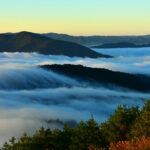
![Sendai City History and Folklore Museum | Rekimin Autumn Festival 2025 Photo Report (October 25, 2025) [Sendai City, Miyagi Prefecture] Ogatsu Hoin Kagura (Ishinomaki City, Miyagi Prefecture) - Rekimin Autumn Festival 2025](https://jp.neft.asia/wp-content/uploads/2025/11/DSC_18262-150x150.jpg)
![[Tono, Iwate Prefecture] “Tono Monogatari no Yakata” allows you to experience old tales for yourself! Let's explore the hometown of monsters on a rental bicycle 205+Tono City_Toono Story House⑤_(Winter)](https://jp.neft.asia/wp-content/uploads/2018/11/d0c9879bf06d2bd9264d631e0fc08553-150x150.jpg)
![Tono's Yokai Spot "Kappa Pond" - Can you get a kappa fishing permit and go kappa fishing? [Tono City, Iwate Prefecture] Kappa Falls (Tono City, Iwate Prefecture)](https://jp.neft.asia/wp-content/uploads/2017/06/PXL_20250902_060919014-150x150.jpg)
![Take a walk through the original Japanese scenery at Michinoku Folk Village, an outdoor museum that houses ancient architecture! [Iwate Prefecture] Michinoku Folk Village's southern territory Date territory boundary mound](https://jp.neft.asia/wp-content/uploads/2024/03/PXL_20240218_063155755-150x150.jpg)
![[Recommended Autumn Festival: Iwate Edition 2] Iwate's Autumn Festival changes the festival as things change Yamada Festival 1](https://jp.neft.asia/wp-content/uploads/2024/08/93985b628047baf771f379c252348c65-150x150.jpg)
![Introducing popular temples and shrines recommended for the first visit to the New Year of the Year of the Snake [Iwate Prefecture]! Iwate Catch](https://jp.neft.asia/wp-content/uploads/2024/12/077d99f4a92a0a35be153e3c80aefe9a-150x150.jpg)
![Nanbu Bevelers are the unique residence of the Nanbu Domain, who was well aware of the importance of horses [Iwate Prefecture] 1906769_m](https://jp.neft.asia/wp-content/uploads/2022/06/1906769_m-150x150.jpg)

